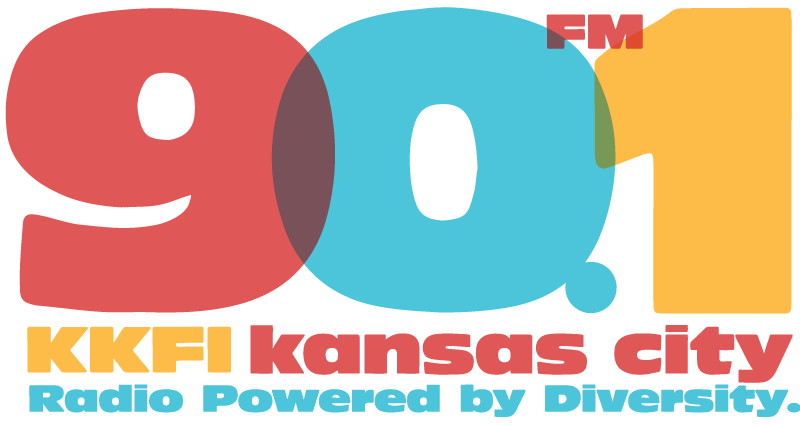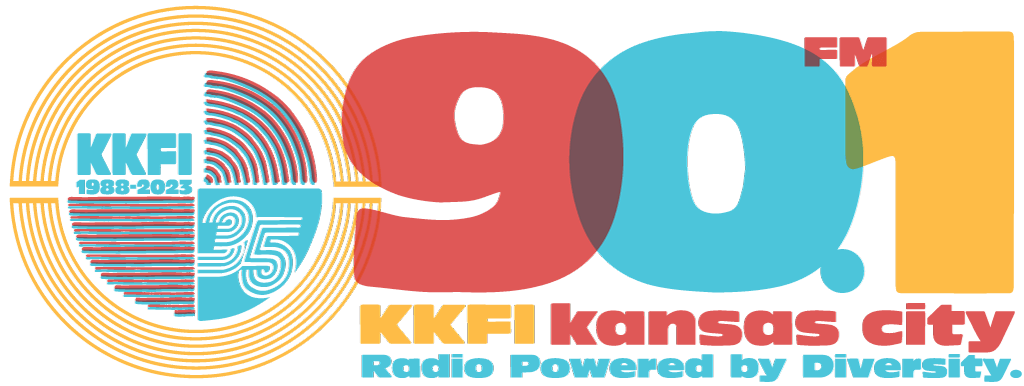This week, Dr. Caldicott speaks with Professor Wayne Getz, and ecologist and population biologist with the Getz Lab at University of California at Berkeley. Students and postdoctoral students in the lab work on a broad range of theoretical and applied questions in population biology and behavior with application to problems in epidemiology and conservation and wildlife biology, particularly in Africa. This conversation was recorded in June, but has many important points relevant to Hurricane Sandy, which caused unprecedented destruction in the U.S. this week. Dr. Caldicott asks Getz to discuss the recent article the Getz Lab produced, Approaching a state shift in Earth’s biosphere.
Wayne Getz
Professor
[email protected] Office: 5052 VLSB Berkeley, California Phone: 510-642-8745 lab: 510-666-2352 fax: 510-643-1227 Mailing address: 140 Mulford Hall #3114 University of California Berkeley, CA 94720-3114 B.Sc. 1971 (Mathematics and Applied Mathematics) B.Sc. Hons 1972 (Applied Mathematics) Ph.D.1976 (Modeling and Control of Birth and Death Processes) (above degrees from the University of the Witwatersrand, Johannesburg, South Africa.) D.Sc.1995 (Kin recognition and Chemosensory Communication in the Honey Bee, Apis melliferaÑSenior Doctorate from the University of Cape Town, South Africa)
Complete listing of publications
Research Interests
Students and postdoctoral students in my laboratory work on a broad range of theoretical and applied questions in population and biology with application to epidemiology and conservation biology.
Current Projects
At this time projects in my laboratory include:
(i) Ecology of anthrax and parasitic co-infections in the plain’s herbivores of Etosha National Park, Namibia.
(ii) Bovine TB in wild animals, livestock, and humans in southern Africa.
(iii) Movement Ecology: exploring the causes, patterns, mechanisms and consequences of organism movements with particular application to buffalo and elephants.
Recent publications
Monograph:Getz, W. M., and R. G. Haight. 1989. Population Harvesting: Demographic Models of Fish, Forests and Animal Resources. Princeton Monographs in Population Biology, Princeton University Press (pp. 391)
Some Recent Peer Reviewed Journal Articles:
Sánchez, M. S., Grant, R. M., Porco, T. C., Gross, K. L. and Getz, W. M., 2005. Could a decrease in drug resistance levels of HIV be bad news? Bulletin Math. Biol. 67:761-782.
Cross, P. C. J. O Lloyd-Smith, and W. M. Getz, 2005. Disentangling association patters in fission-fusion societies using African buffalo as an example. Animal Behavior, 69:499-506.
Wilmers, C. C., and W. M. Getz, 2005. Gray wolves as climate change buffers in Yellowstone. PLoS Biology 3(4):571-576.
Wittemyer, G., I. Douglas-Hamilton and W. M. Getz, 2005. The socio-ecology of elephants: analysis of the processes creating multi-tiered social structures. Animal Behavior 69:1357-1371.
Cross, P.C., Lloyd-Smith, J.O., Johnson, P.L., Getz, W.M. 2005. Dueling time scales of host mixing and disease recovery determine invasion of disease in structured populations. Ecology Letters 8:587-595.
Redfern J. V., C. C. Grant, A. Gaylard, and W. M. Getz, 2005. Surface water availability and the management of herbivore distributions in an African savanna ecosystem. J. Arid Environments. 63:406-424.
Lloyd-Smith, J.O., Cross, P.C., Briggs, C.J., Daugherty, M., Getz, W.M., Latto, J., Sanchez, M., Smith, A., Swei, A. 2005. Population thresholds for disease invasion and persistence in natural populations. Trends Ecol. Evol., 20:511-519.
Redfern J. V., S. J. Ryan and W. M. Getz, 2006. Defining herbivore assemblages in Kruger National Park: A correlative coherence approach. Oecologia. 146:632-640
Sánchez, M. S., Grant, R. M., Porco, and Getz, W. M., 2006. HIV drug-resistent strains as epidemiological sentinals. Emerging Infectious Disease 12:191-197.
Lloyd-Smith, J. O., S, J. Schreiber, P. E. Kopp, and W. M. Getz, 2005. Superpreading and the impact of individual variation on disease emergence. Nature 438:355-359.
Karin M. Kettenring, Barbara T. Martinez, Anthony M. Starfield, and Wayne M. Getz, 2006. The appropriate sharing of ecological models. Bioscience 56:59-64.
Norrström, N, W. M. Getz. and N. M.A. Holmgren, 2006. Coevolution of consumer specialization and host mimicry can be cyclic and saltational. Evolutionary Bioinformatics Online, 2:1-9.
Bar-David, S., J. O. Lloyd-Smith, W. M. Getz, 2006. Dynamics and management of infectious disease in colonizing populations. Ecology 87:1215–1224.
Getz. W. M., 2006. The “Theory of Evolution” is a misnomer. Bioscience 56:96-97 Getz, W. M. and J. O. Lloyd-Smith. 2006. Comment on: “On the regulation of populations of mammals, birds, fish, and insects.”Science 311:1100
Williams, B.G., Lloyd-Smith, J.O., Gouws, E., Hankins, C., Getz, W.M., Dye, C.,1, Hargrove, J., de Zoysa, I., Auvert, B, 2006. The potential impact of male circumcision on HIV incidence, HIV prevalence and AIDS deaths in Africa. PLoS Medicine 3(7):e262.
Salomon, J.A., J. O. Lloyd-Smith, W. M. Getz, S. Resch, M. S. Sánchez, T. Porco, M. Borgdorff, 2006. Prospects for advancing tuberculosis control efforts through novel therapies. PLoS Medicine. 3(8), e273.
Wittemyer, G. and W. M. Getz, 2006. A Likely Ranking Interpolation for Resolving Dominance Orders in Systems with Unknown Relationships. Behaviour 143: 909-930.
Cross, P.C., J. O. Lloyd-Smith, P. L. Johnson, W. M. Getz, 2007. Utility of R0 as a predictor of disease invasion in wildlife populations. J. Royal Soc. Interface. 4:315-324.
Holmgren N. M.A., N. Norrström, and W. M. Getz. 2007 Artificial neural networks in models of specialization, guild evolution and sympatric speciation. Phil. Trans. Royal Soc. B. (Lond.) 362:431-440.
Wittemyer, G. and W. M. Getz, 2007. Hierarchical dominance structure and social organization in African elephants (Loxodonta africana). Animal Behaviour 73:671-681.
Bidlack, A. L., S. E. Reed, P. J. Palsbøll, W. M. Getz, 2007. Characterization of a western North American carnivore community using PCR-RFLP of cytochrome b obtained from fecal samples. Conservation Genetics, doi:10.1007/s10592-007-9285-3.
Getz, W.M, S. Fortmann-Roe, P. C. Cross, A. J. Lyons, S. J. Ryan, C.C. Wilmers, 2007. LoCoH: nonparametric kernel methods for constructing home ranges and utilization distributions. PLoS ONE 2(2): e207. doi:10.1371/journal.pone.0000207.
Ryan, S. J., C. Knechtel, W. M. Getz, 2007. Ecological cues, gestation length, and birth timing in African Buffalo (Syncerus caffer). Behavioral Ecology. 18: 635-644; doi:10.1093/beheco/arm028.
Baxter, P. W. J. and W. M. Getz, 2007. Development and parameterization of a rain and fire-driven model for exploring elephant effects in African savannas. Environmental Modeling and Assessment. DOI 10.1007/s10666-007-9091-9.
Wittemyer, G., W. M. Getz, F. Vollrath and I. Douglas-Hamilton, 2007. Social dominance, seasonal movements, and spatial segregation in African elephants: a contribution to conservation behavior. Behavioral Ecology & Sociobiology 12:1919-1931. DOI: 10.1007/s00265-007-0432-0.
Eppley, J. M., G. W. Tyson, W. M. Getz, and J. F. Banfield, 2007. Genetic exchange across a species boundary in the archaeal genus Ferroplasma. Genetics 177: 407-416. doi:10.1534/genetics.107.072892



